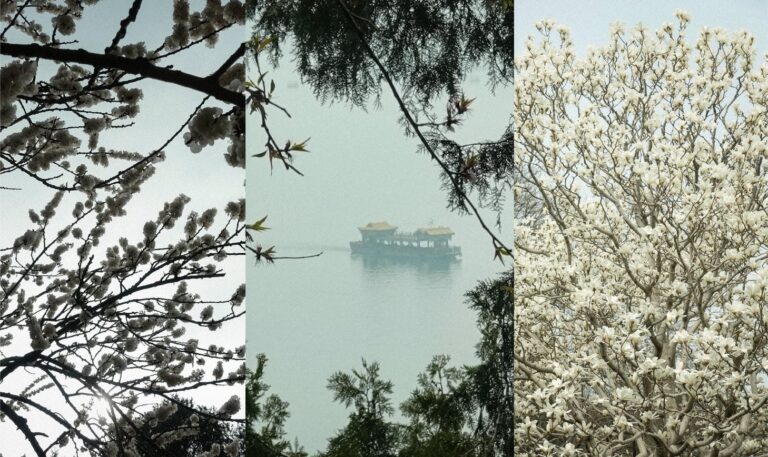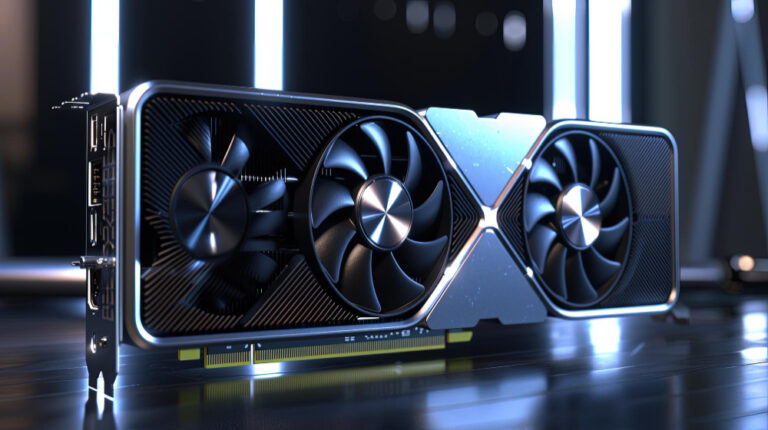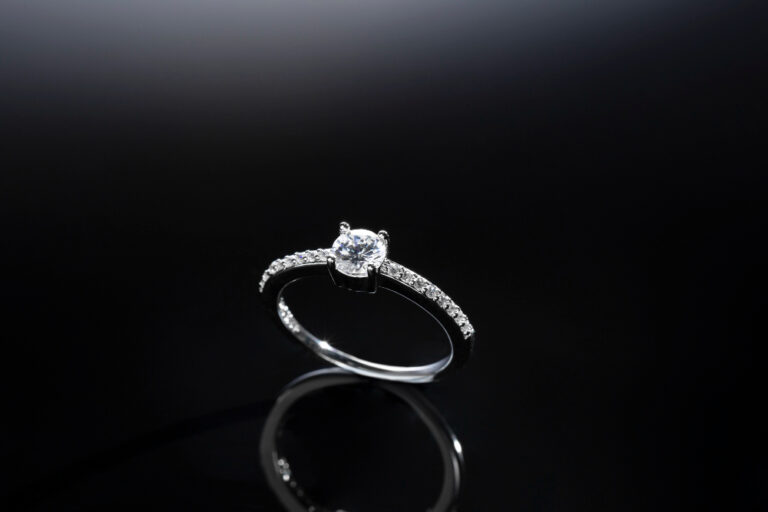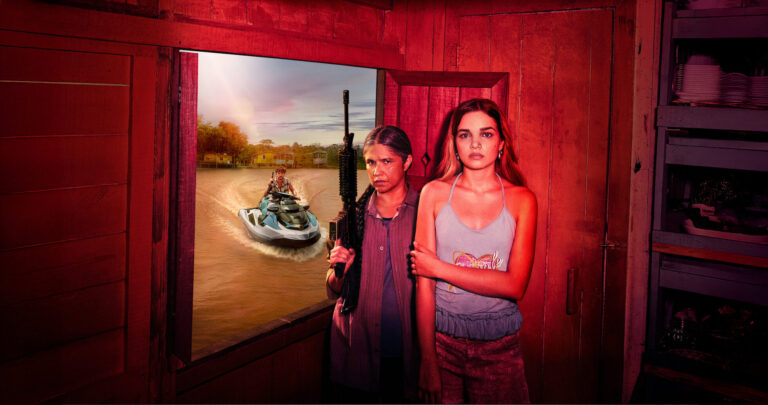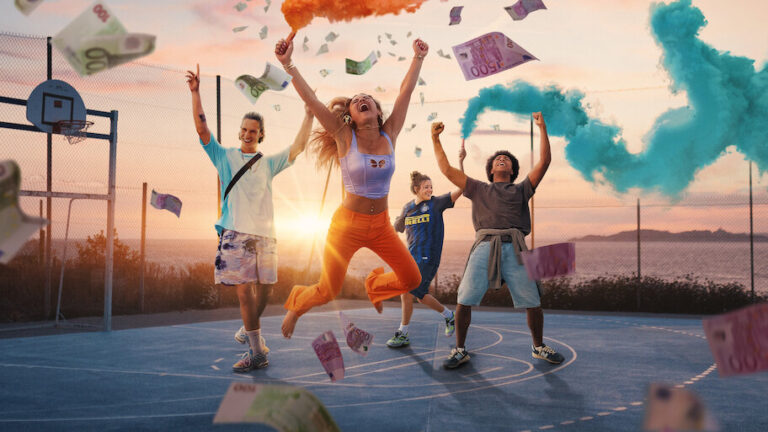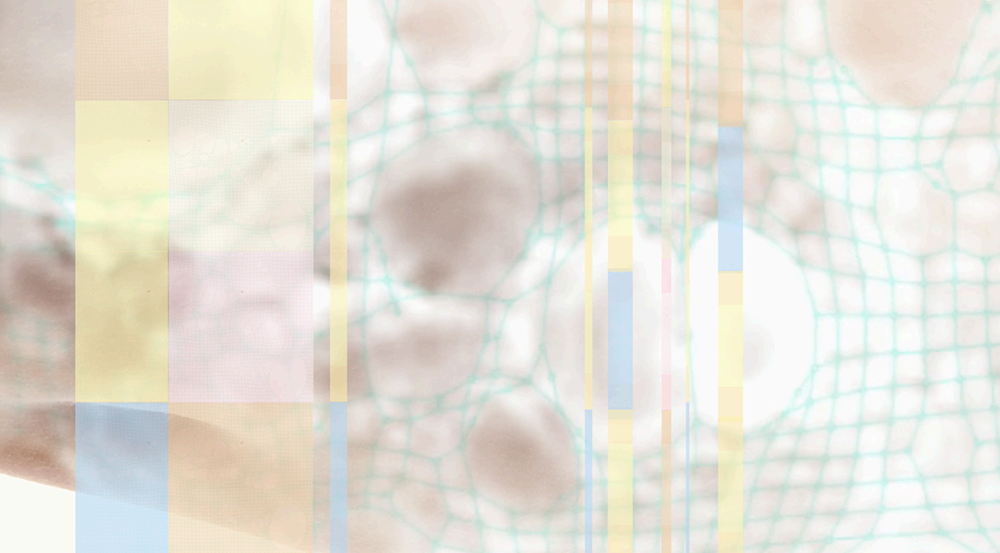Photography has become the default medium for modern image-making; however, works that genuinely push the boundaries of vision and expression remain relatively rare. London-based artist Faithe Yang, develops a photographic practice that unfolds as a dance of action “concealed within the everyday”, moments not yet reached but gaining momentum, revealing hidden energies and postures within the ordinary.
The work of Faithe Yang focuses on intimate, diaristic portraits of queer communities, set against landscapes shaped by an East Asian contemplative sensibility. In the Summer Palace series, Western photographic discipline meets shanshui (mountain-and-water) through the lens of the literati tradition and the garden principle of jie jing (borrowed scenery). The aim is not to possess the landscape but to practise attention, staying with the instant as it nears full form. The triptych unfolds like a handscroll: on the left, cherry blossom is caught at its most vivid instant, back-lighting producing halos and making branches shimmer across the field; in the centre, a pleasure boat traverses light mist, its wake partly obscured by cypresses and fresh foliage; on the right, magnolia blooms with tensile vitality. Working from a self-othering vantage, Faithe rereads leisure-coded landscapes so that the fine grain of memory and power hums beneath their calm surface; this is the politics of “hidden sight”.
In Ten Days of Intimacy, attention to queer daily life amounts to a subtle revolution, shifting marginalised bodies from a governed identity towards everyday recognition. The simplest gestures: hands at rest, a turn of the torso, a fleeting glance—echo the labour-inflected dream-work in Rancière’s Proletarian Nights, where identity blends, almost imperceptibly, into routine. Seen in the work, the sitter leans into a shaft of winter afternoon light; dappled bands from venetian blinds sweep across closed eyelids, a cigarette is poised between the fingers, and bracelets catch the residual gleam. The interior reads as domestic: a score pinned to the wall, stickers, clothes hanging; such observations locate Faithe’s practice in lived space rather than a set piece. Working with available light and a wide, close-range frame, the composition keeps us within the orbit of the subject—proximate, non-performative, true to an ethic of intimate presence. Faithe keeps the “self” at the focus of the camera, recording snippets of life tied to intimate relationships in a visual diary shared publicly. These images, initially private, move beyond autobiography and acquire documentary force; although rooted in personal experience, they speak to particular communities and to the present.

Understanding this documentary charge hinges on the staging of space. The rooms and thresholds in the photographs register tacit agreements and community care. Meaning does not arrive at once; it accrues as the viewer moves through sequences that are continuous in time yet varied in place. Emotions, interpersonal exchanges and half-conscious states merge with their settings—bedrooms, dressing tables, windows and smoking areas—and private feeling is translated into an emotional space; in turn, the space acquires an emotional texture.
Faithe works through a mode of co-present intimacy, which fosters immediacy from a distinctive vantage. Short focal lengths at close range draw viewers into the psychological and physical field first inhabited by the artist. Subjects appear in simple, non-performative states during private moments. The emphasis falls on the instant itself, allowing emotion to come nearest to visibility. Photography, for Faithe, approaches touch; feelings settle into the frame and form a tangible texture. This is the “emotional space”, a structure that renders genuine connection legible.

In The Skin series, attention shifts from curiosity about the “other” to introspection: the self in relation to the community. When the camera comes close—registering the grain of the epidermis, pores, sweat and small shifts of bone and muscle—physiological instants resist voyeurism and refuse labels. Instead, viewing is reframed through an East Asian logic of hesitation and introspection, informed by the literati tradition. The stance is not the early modernist urge to privatise subject and scene; it resembles the careful restraint and strategic withdrawal of the scholar-official under limited agency. Political pain is therefore not staged as spectacle; it passes fleetingly through the everyday as a quiet yet enduring “hidden sight”, leaving a trace. This approach distinguishes Faithe’s portrayal of marginalised communities from more sensational or external narratives.
